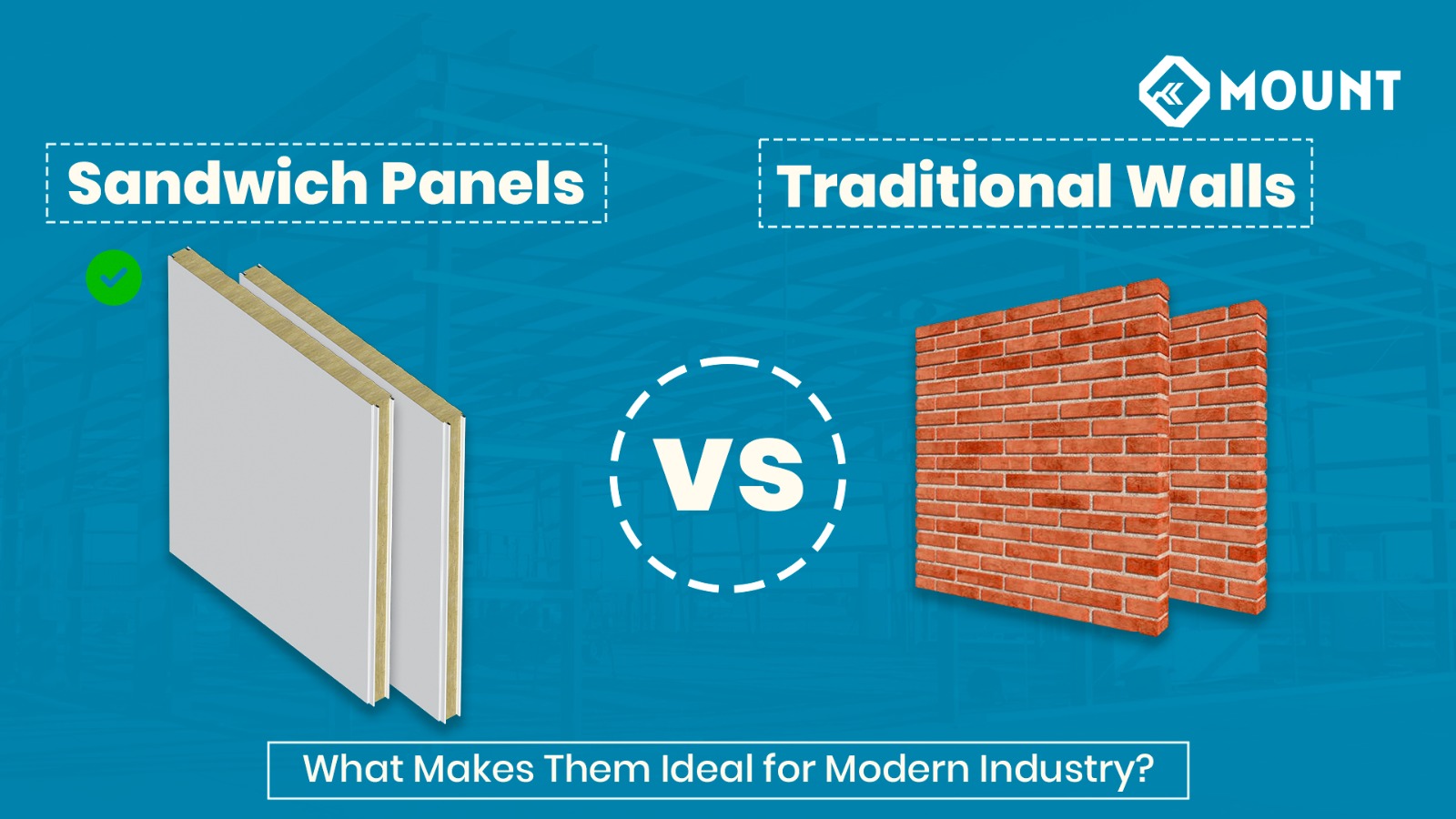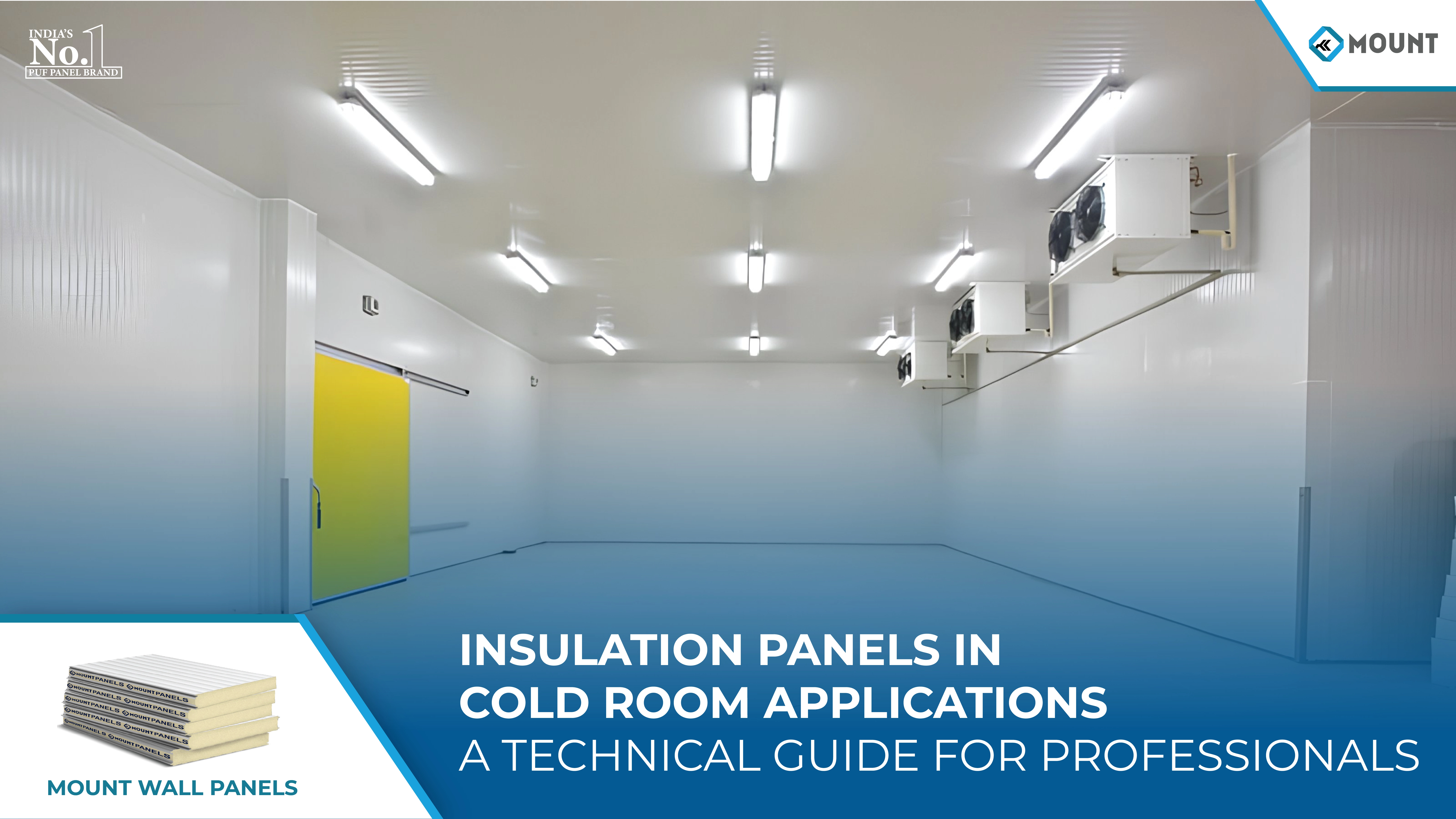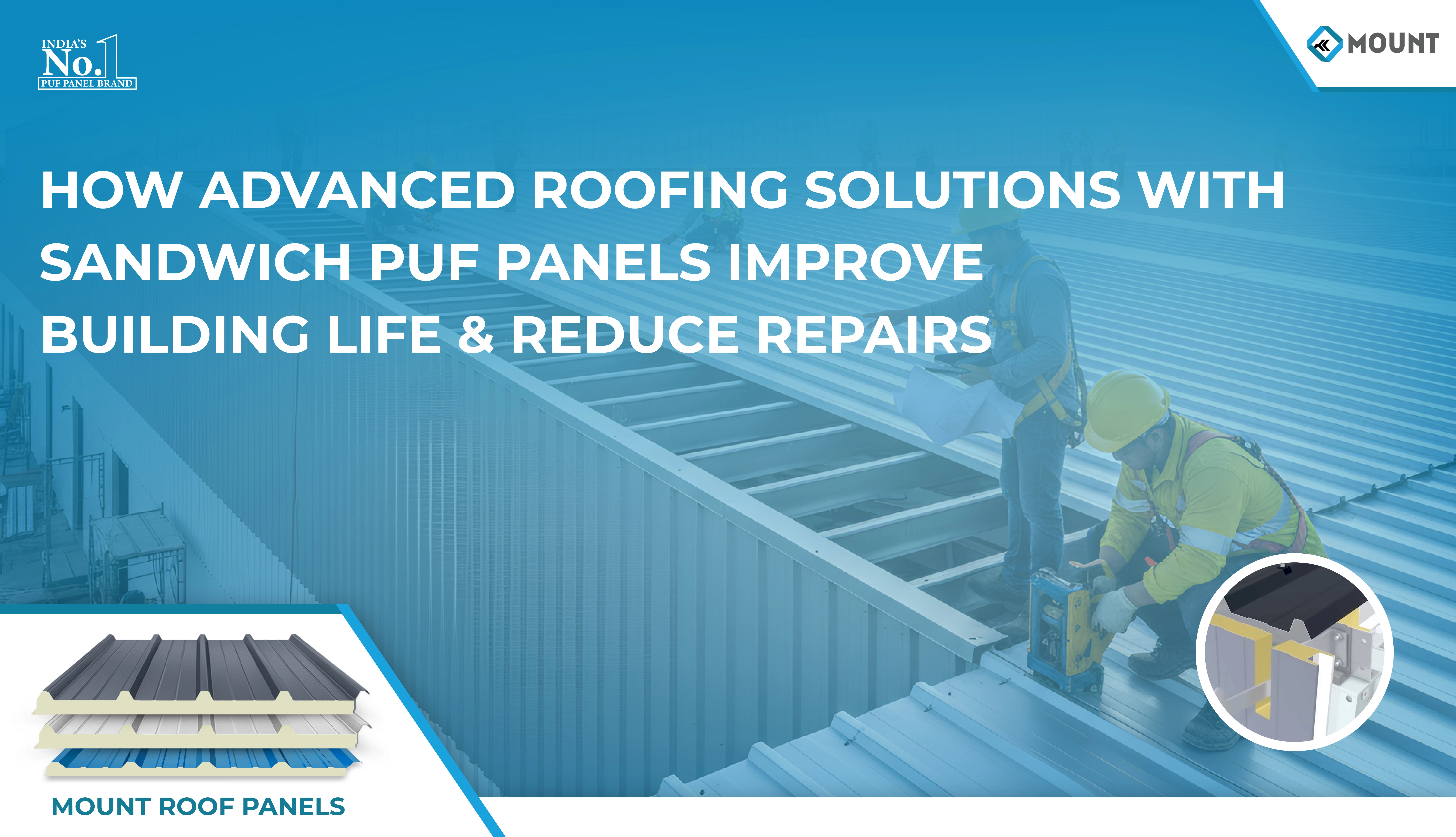
Sandwich Wall Panels vs Traditional Walls: What Makes Them Ideal for Modern Industry?
The construction industry has witnessed a revolutionary shift in building materials over the past decade. Traditional brick and mortar walls are increasingly being replaced by innovative solutions that offer superior performance, cost-effectiveness, and environmental benefits. Among these modern alternatives, PUF panels have emerged as the leading choice for industrial and commercial construction projects.
Understanding the fundamental differences between conventional construction methods and advanced panel systems is crucial for making informed decisions about your next project. This comprehensive guide will explore why sandwich panels are becoming the preferred choice for modern industry, examining their advantages over traditional walls in terms of performance, installation, and long-term value.
Whether you’re planning a warehouse, manufacturing facility, or commercial building, selecting the right wall system can significantly impact your project’s success, timeline, and budget.
Understanding Sandwich Panel Technology
PUF sandwich panels represent a sophisticated engineering solution that combines multiple materials into a single, high-performance building component. These panels consist of two metal sheets (typically steel or aluminium) with a polyurethane foam core sandwiched between them. This innovative construction creates a lightweight yet incredibly strong building material.
The polyurethane foam core provides exceptional insulation properties while maintaining structural integrity. Unlike traditional walls that require separate insulation installation, these panels deliver thermal performance, structural support, and weather protection in one integrated system. This design eliminates thermal bridging, a common problem with conventional construction where heat transfers through structural elements.
Mount Roof has been at the forefront of developing advanced panel technologies that meet the demanding requirements of modern industrial construction. Our panels undergo rigorous testing to ensure they meet international standards for fire resistance, structural performance, and thermal efficiency.
Performance Comparison: Panels vs Traditional Walls
The performance gap between modern panel systems and traditional construction methods is substantial. PUF wall panels offer superior insulation values, with R-values often exceeding those of conventional wall assemblies by 30-50%. This translates directly into reduced energy consumption for heating and cooling systems.
Structural performance is another area where panels excel. The composite action of the metal faces and foam core creates a incredibly strong structural element that can span greater distances with less support than traditional walls. This allows for more open floor plans and reduced structural framework requirements.
Installation speed represents perhaps the most significant advantage. While traditional walls require multiple trades and sequential installation of framing, insulation, vapor barriers, and exterior cladding, panels can be installed by a single crew in a fraction of the time. Projects that would typically take months can often be completed in weeks.
Cost Analysis and Economic Benefits
From a PUF panel price perspective, the initial investment might appear higher than basic traditional materials. However, a comprehensive cost analysis reveals significant savings across multiple project phases. Labor costs are dramatically reduced due to faster installation times, and the need for multiple trade contractors is eliminated.
Energy performance benefits compound over the building’s lifespan. The superior insulation properties of panels can reduce heating and cooling costs by 20-40% compared to traditional construction. This ongoing operational savings often offset the initial investment within 3-5 years.
Maintenance requirements are also substantially lower. The factory-controlled manufacturing process ensures consistent quality and finish, while the integrated design eliminates many potential failure points common in traditional multi-component wall systems.
Choosing the Right Panel Manufacturer
Selecting an experienced PUF panel manufacturer is critical to project success. Quality varies significantly between suppliers, and the manufacturing process directly impacts panel performance, durability, and installation ease. Look for manufacturers with ISO certifications, comprehensive quality control systems, and proven track records in your specific industry.
PUF panel suppliers should offer technical support throughout the design and installation process. This includes structural calculations, thermal modeling, and installation guidance. Mount Roof provides comprehensive engineering support to ensure optimal panel selection and application for each unique project requirement.
Consider the manufacturer’s production capacity and delivery capabilities. Large projects require reliable supply chains and consistent quality across thousands of panels. Established manufacturers with multiple production facilities can better ensure project continuity and quality consistency.
Panel Thickness and Application Guidelines
PUF wall panel thickness selection depends on multiple factors, including structural requirements, thermal performance targets, and local building codes. Standard thicknesses range from 50mm to 200mm, with each offering different performance characteristics.
Thinner panels (50-75mm) are suitable for non-load bearing applications with moderate thermal requirements. Medium thickness panels (100-150mm) provide an excellent balance of structural capacity and thermal performance for most industrial applications. Thicker panels (175-200mm) are reserved for extreme climate conditions or specialised applications requiring maximum thermal performance.
The manufacturing precision of modern PUF panel manufacturers ensures consistent thickness tolerance within ±1mm, critical for proper installation and performance. This level of precision is impossible to achieve with traditional construction methods, making Mount Roof panels the preferred choice for quality-conscious builders.
Final Thoughts
The choice between sandwich panels and traditional walls increasingly favors modern panel systems for industrial and commercial construction. The combination of superior performance, faster installation, and long-term economic benefits makes panels the clear choice for forward-thinking builders and facility owners.
Mount Roof continues to lead innovation in panel technology, delivering solutions that meet the evolving needs of modern construction. By choosing the right panel system and an experienced manufacturer like Mount Roof, your next project can achieve superior performance, reduced costs, and faster completion times.
Frequently Asked Questions
Q: What is the typical lifespan of PUF sandwich panels compared to traditional walls?
A: PUF sandwich panels typically last 25-30 years with minimal maintenance, often outlasting traditional wall systems that may require significant repairs or replacement of components like siding, insulation, or structural elements within 15-20 years.
Q: Can PUF panels be used in high-wind or seismic zones?
A: Yes, properly designed PUF panel systems can meet stringent structural requirements for high-wind and seismic applications. The key is working with experienced engineers and manufacturers who understand local building codes and can provide appropriate structural calculations.
Q: How do PUF panels perform in terms of fire resistance compared to traditional construction?
A: Modern PUF panels with fire-retardant cores can achieve fire ratings comparable to or better than traditional construction. Many panels are available with Class A fire ratings and can meet strict industrial fire safety requirements.
Q: What maintenance is required for PUF panel walls?
A: PUF panels require minimal maintenance – primarily periodic cleaning and inspection of joint sealants. Unlike traditional walls that may need painting, insulation replacement, or structural repairs, panels maintain their appearance and performance with very little intervention.


